Optimal Seasons for Smart Thermostat Installation
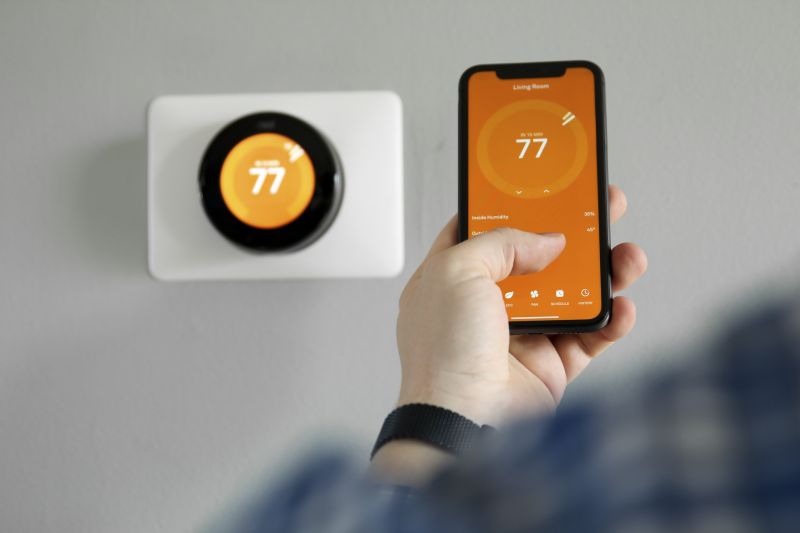
Ways to make Smart Thermostat Installations work in tight or awkward layouts.

Popular materials for Smart Thermostat Installations and why they hold up over time.
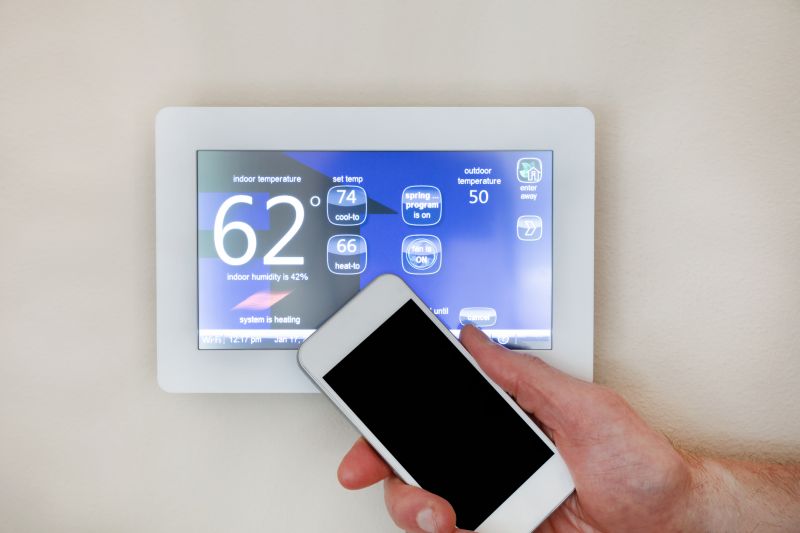
Simple add-ons that improve Smart Thermostat Installations without blowing the budget.

High-end options that actually feel worth it for Smart Thermostat Installations.
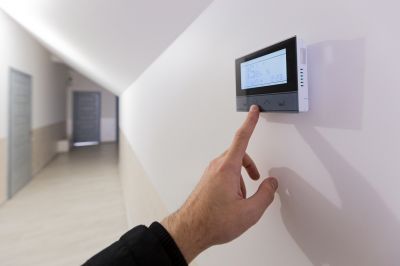
Finishes and colors that play nicely with Smart Thermostat Installations.
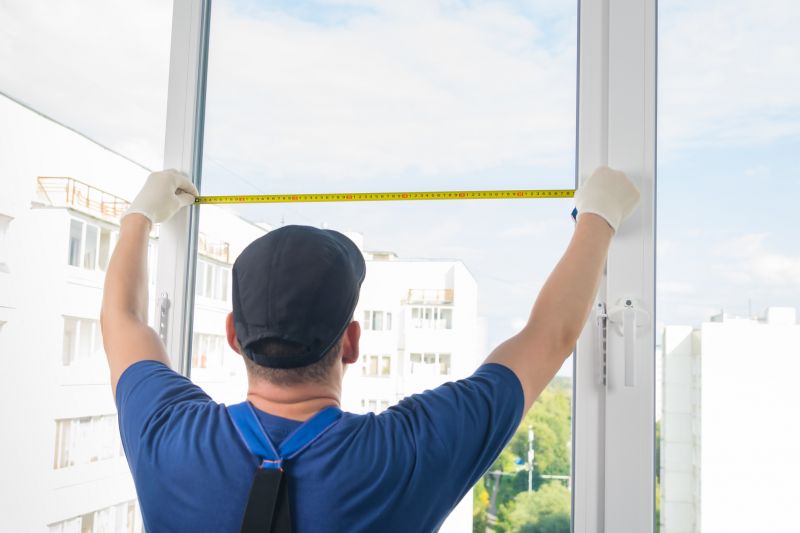
Little measurements that prevent headaches on Smart Thermostat Installations day.
Smart thermostat installations are most effective when scheduled during periods of moderate weather, typically in spring or fall. This timing allows for optimal adjustment of heating and cooling systems without the interference of extreme temperatures. Installing during these seasons can also minimize disruptions to daily routines and provide an opportunity to calibrate the system for energy efficiency.
Statistics indicate that homes with smart thermostats can reduce energy consumption by up to 15-20%. Proper installation during suitable seasons ensures the device functions correctly, maximizing savings and comfort. Additionally, scheduling installations in off-peak times can lead to more flexible appointment availability and potentially lower costs.
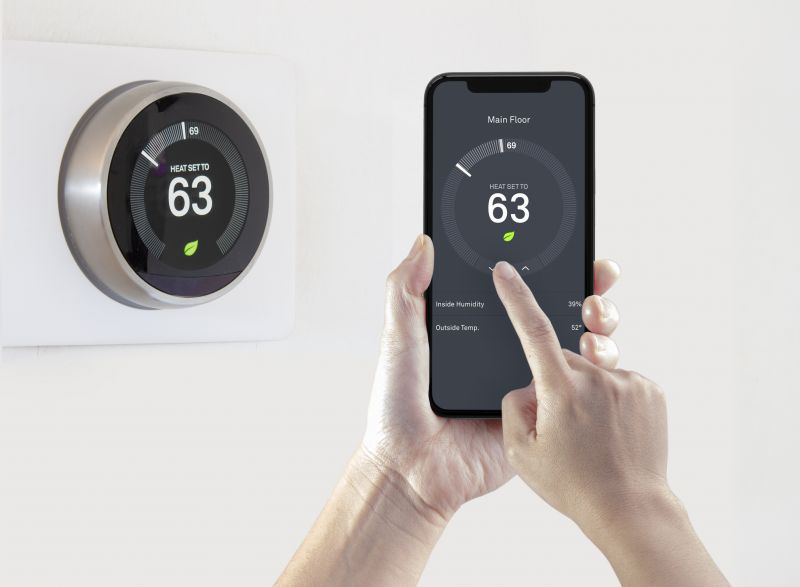
A 60-second routine that keeps Smart Thermostat Installations looking new.
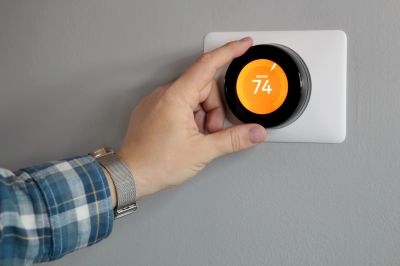
A frequent mistake in Smart Thermostat Installations and how to dodge it.
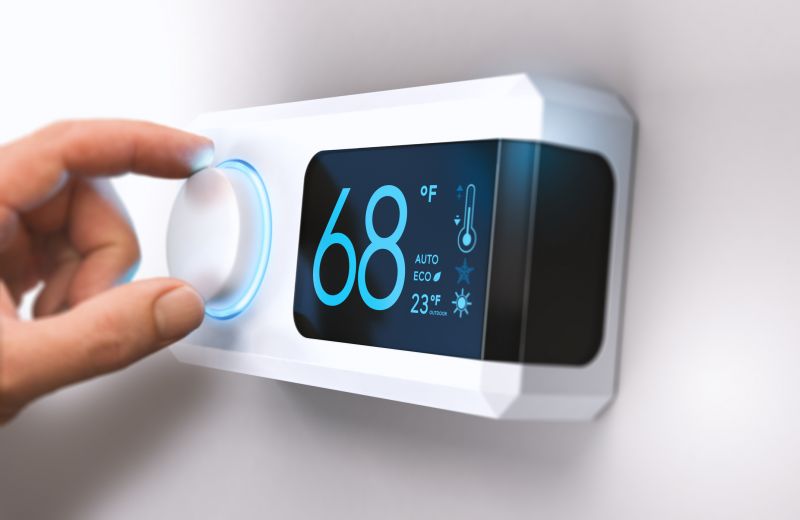
Small tweaks to make Smart Thermostat Installations safer and easier to use.
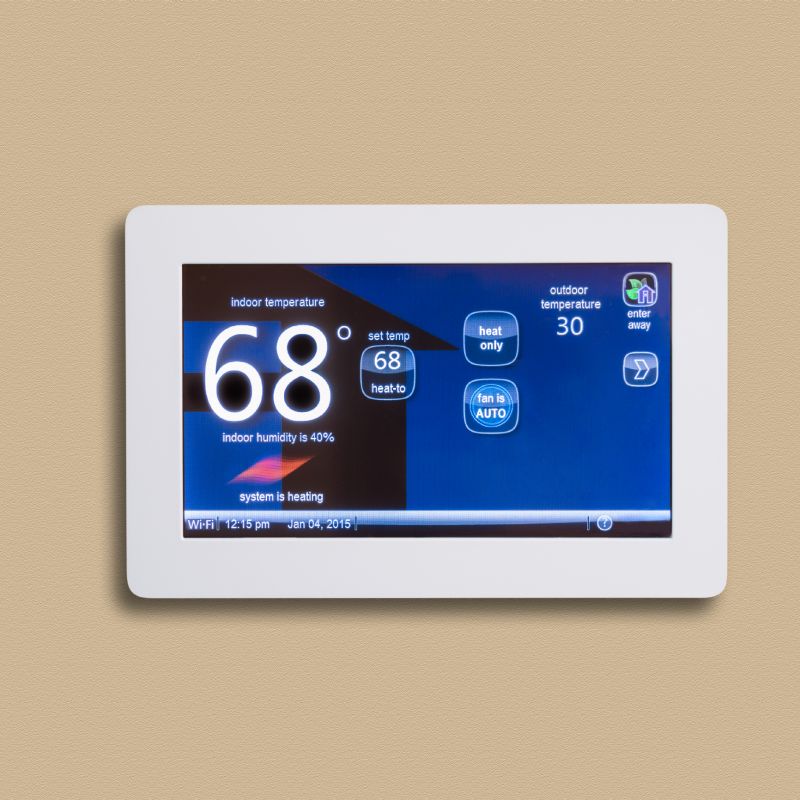
Lower-waste or water-saving choices for Smart Thermostat Installations.
Installation typically includes mounting the device, connecting it to the existing wiring, and configuring the settings for optimal performance.
Spring and fall are ideal times due to moderate weather, which facilitates testing and calibration.
Most homes with compatible heating and cooling systems can accommodate smart thermostat installations.
The process usually takes between one to three hours, depending on the system complexity.
